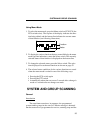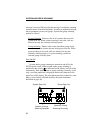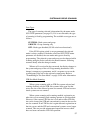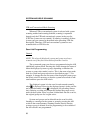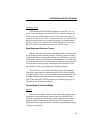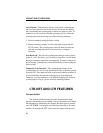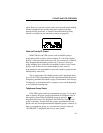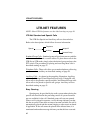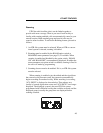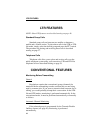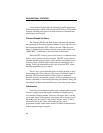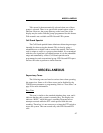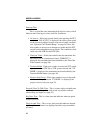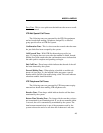
LTR-NET FEATURES
43
Roaming
LTR-Net radio localities (sites) can be linked together to
provide wide area coverage. Then as you travel from locality to
locality with roaming enabled, calls are automatically routed to your
current location. Both standard group and special calls may be
routed to other localities. To utilize the Roaming feature, proceed as
follows:
1. An LTR-Net system must be selected. When an LTR or conven-
tional system is selected, roaming is disabled.
2. Roaming must be enabled by the ROAM option switch or
ROAMING menu parameter (see page 33) if available. When
roaming is enabled and disabled by the option switch, “ROAM
ON” and “ROAM OFF” are momentarily displayed. If neither the
menu parameter nor option switch is available, roaming is fixed in
the on or off mode by programming.
3. Scanning does not need to be enabled. If it is, an LTR-Net system
must be selected.
When roaming is enabled as just described and the signal from
the current locality becomes weak, the transceiver automatically
begins searching for another locality. While searching is occurring,
“LCL SRCH” is displayed as shown below. Then when a new
locality is located, registration occurs and “LCL SRCH” is no longer
displayed. The displayed system is the next LTR-Net system
programmed with a different locality that could be accessed, and the
displayed group is usually the group that was displayed before
roaming occurred.



